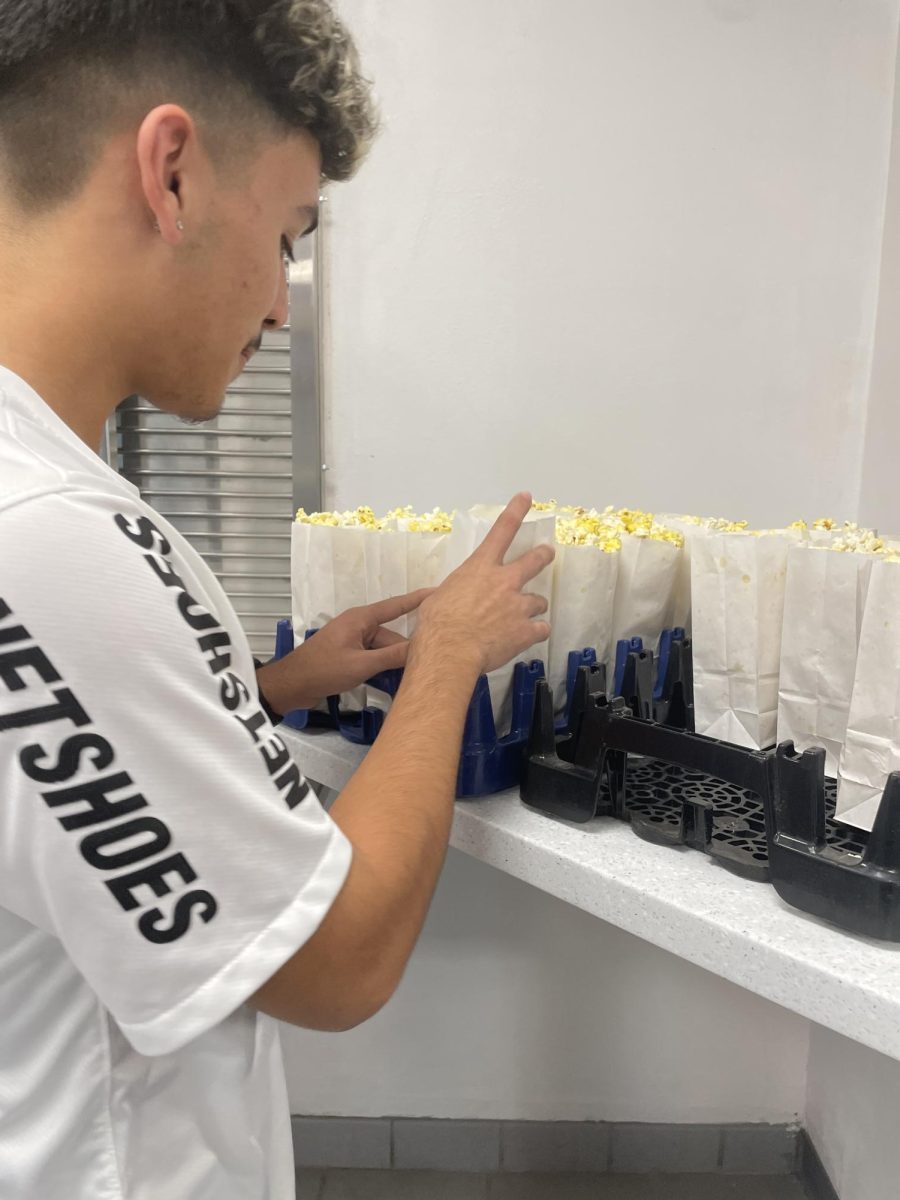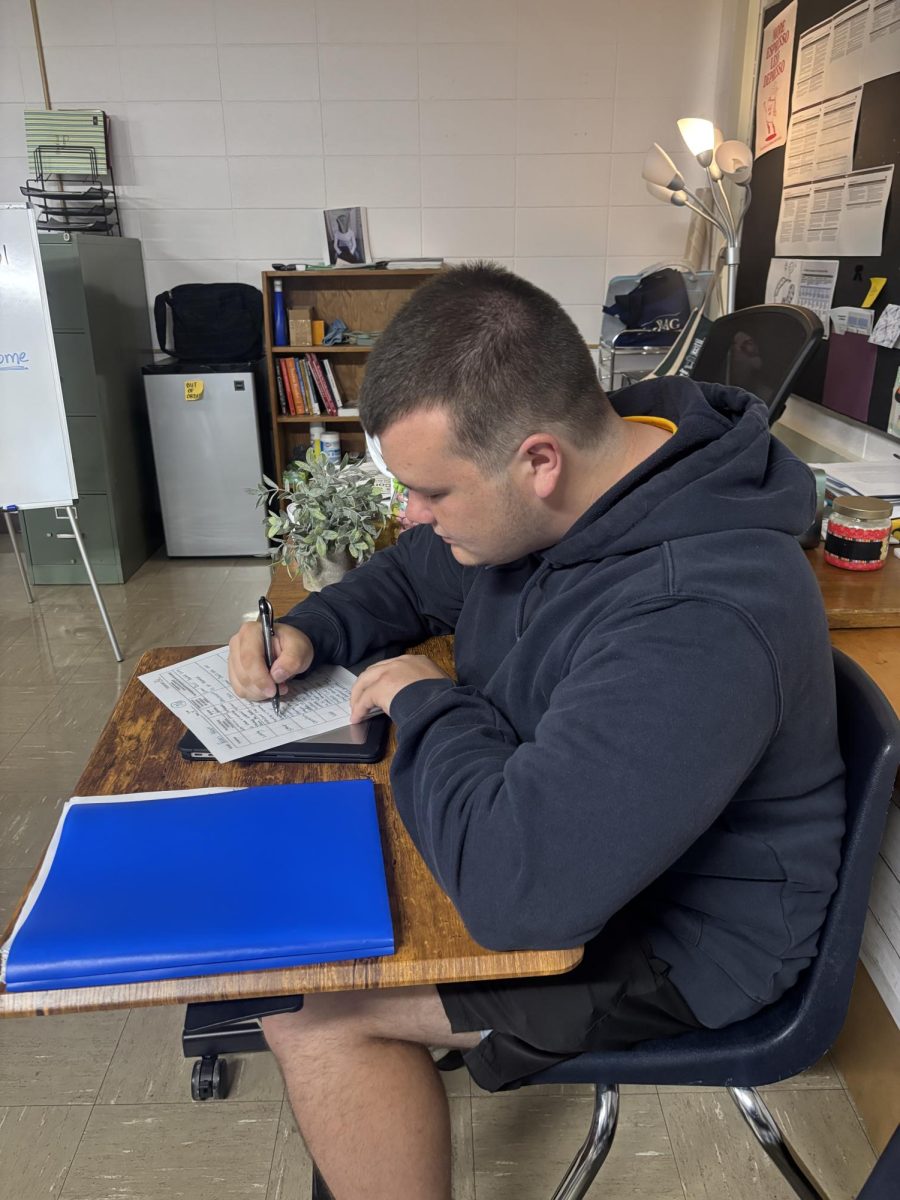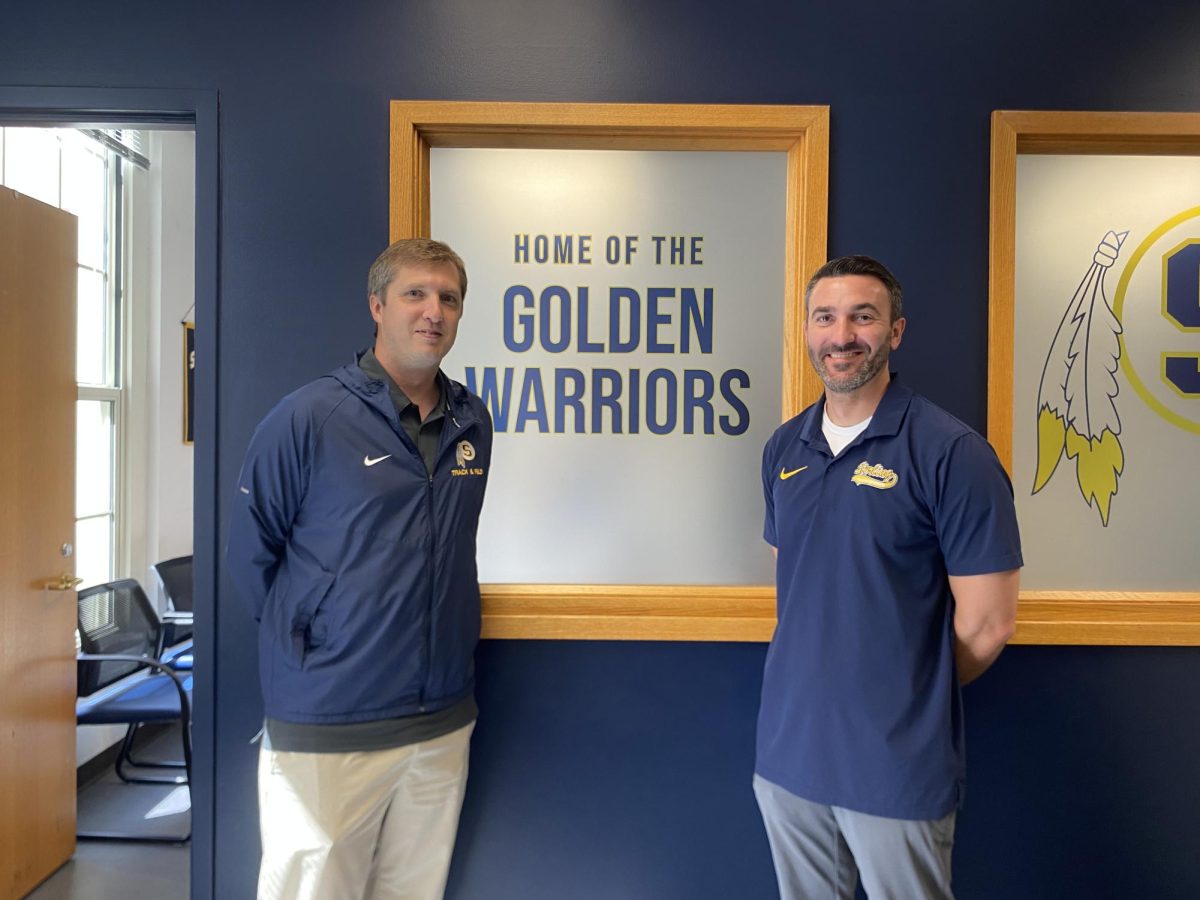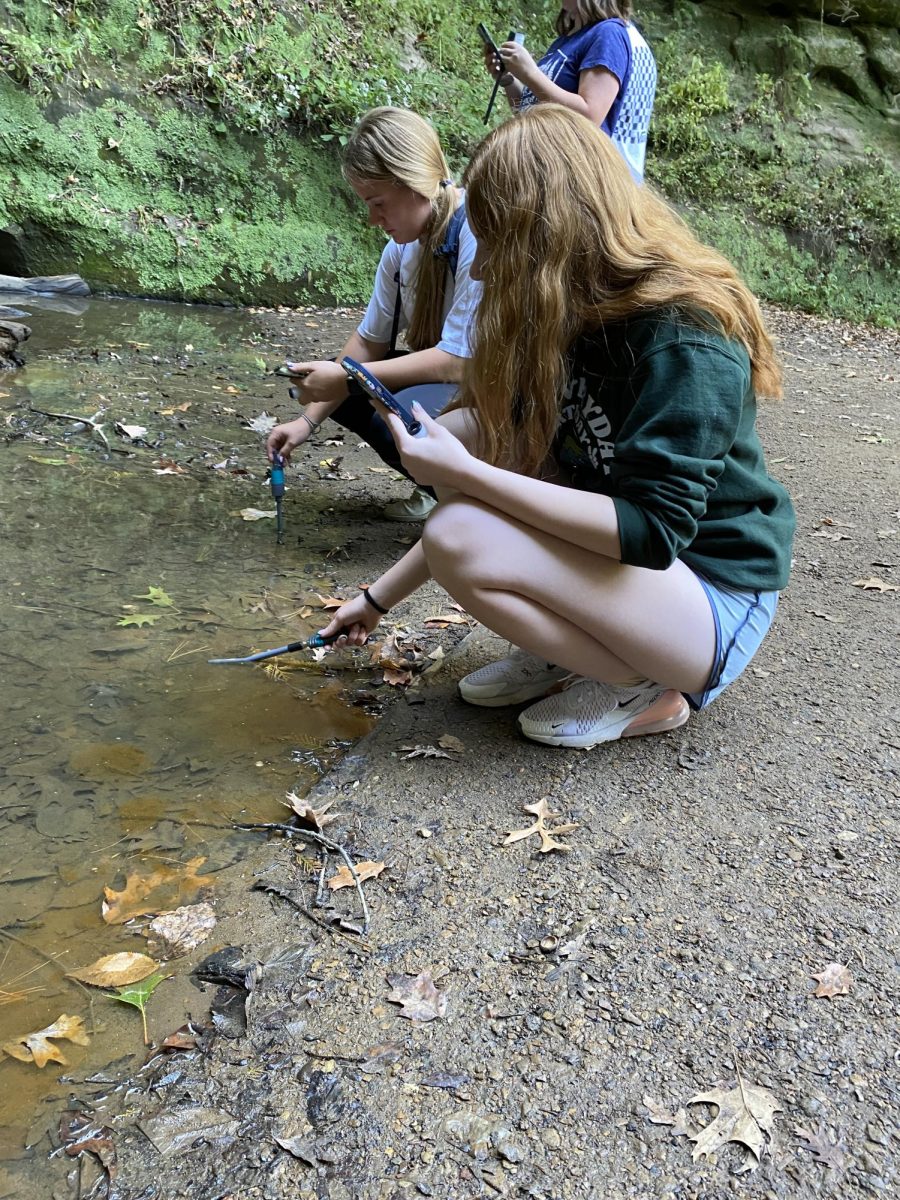Beginning this year at S.H.S., a new AP class is being offered. AP Environmental Science, usually referred to as APES, is a science AP meant to be easier and more applicable to the real world. APES students learn about the environment and how to use certain tools to preserve it.
APES teacher Marissa Record has actually taught this class before, but not at S.H.S. This year, she took her class to Starved Rock in order to “complete an environmental assessment of Starved Rock” as part of unit 3 in the APES curriculum. Part of this environmental assessment included using “probes to measure water chemicals and temperature in different areas of the park.” In this unit, APES students are learning about populations and how ecosystems support specific populations. This field trip allows a hands-on learning experience of surveying so students can better understand results from environmental surveys.
Many of the students really enjoyed this trip and enjoyed the hands-on learning experience. Junior Gavin Fischer really enjoyed the guided hike because he thought it “was fun to see the history behind Starved Rock and how it has developed overtime.” Junior Carlee Hawkins agrees with Fischer because she loved the “good historical background” of Starved Rock. Senior Eleanor Aitken enjoyed “splitting into groups and collecting data” while hiking.
APES students agree that it was a good change of pace, not just for APES, but for school in general. Fischer notes that the beginning of the year consisted of “counting M&Ms” for an APES lab but now he and his classmates are “completing assessments in a state park.”
This trip was not only meant as an excuse to miss school. Aitken feels as if this trip made her grow because it built “connections from the field to the class” and that this trip will help her with her “understanding and better prepare [her] for the exam.”
Overall, APES students enjoyed this field trip and still had a great learning experience while viewing the beautiful nature Starved Rock has to offer.




















